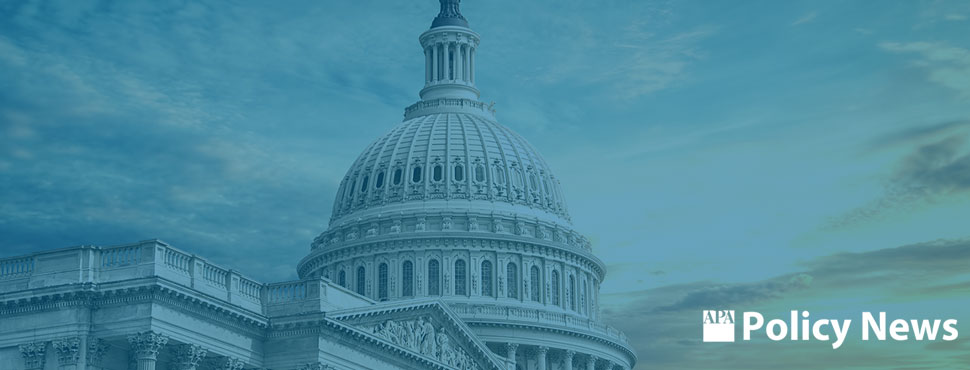Federal Impacts
House Bill Maintains CDBG, Slashes Funding for Zoning Reform
The appropriations bill presents a mixed response to the President’s budget proposal.

With 2026 funding for several critical federal housing, transportation, and community development programs in jeopardy, the U.S. House of Representatives took the first step toward approving a spending bill by advancing to the House floor a bill covering funding for the Departments of Transportation and Housing and Urban Development (THUD).
Mixed Response: Preserves CDBG, Cuts Housing Programs
The budget proposal from the Trump administration called for several major changes and cuts, including eliminating funding for Community Development Block Grants (CDBG) and the HOME program, and restructuring housing voucher programs into a state block grant program.
The House THUD bill represents a mixed response to the President's budget proposal. The bill:
- Maintains funding for CDBG at current levels and rejects the state block grant approach.
- Rejects a proposed shuffling of homelessness programs and provides an increase for Homelessness Assistance Grants.
- Zeroes out funding for HOME and PRO Housing, two essential funding programs to support local planning and zoning reform efforts.
- Slashes Choice Neighborhoods grants.
- Cuts HUD staffing by 26 percent in line with HUD Secretary Scott Turner's reorganization plan.
- Makes major cuts to Capital Investment Grants and passenger rail programs.
- Cuts funding for multimodal BUILD grants and Mega grants.
- Moves "advance appropriation" funds out of some programs, such as Reconnecting Communities and electric vehicle (EV) charging.
- Funds DOT's initiative to revamp aviation safety and air traffic control systems, supplementing resources provided by the One Big Beautiful Bill tax reconciliation package
Debate Over IIJA Use, Equity Restrictions
Republican House Appropriations Committee members argued that the cuts to programs like BUILD were justified due to "advance appropriations" made by the Infrastructure Investment and Jobs Act (IIJA), which provides annual funding through 2026 separate from the appropriations process.
Democrats countered that the IIJA funds were always intended as a supplement, or "bonus," to regular appropriations, not a replacement for funding altogether. Questions about these resources are heightened due to concerns around how the administration will allocate and administer funds provided under IIJA.
The THUD bill includes a provision restricting the use of funds that may be used in violation of Executive Orders, including those related to diversity, equity, and inclusion, and regulatory streamlining. The policy language could also affect how the U.S. DOT structures future discretionary grant programs funded by the bill.
Looking Forward
The path ahead for the THUD bill and spending bill is far from certain. Passage on the House floor may be difficult in the face of solid Democratic opposition, concerns from Republicans about cuts to specific programs, and the narrow size of the Republican majority.
The Senate has not yet advanced its version of THUD appropriations, and action may not begin until after the August recess. That bill is likely to reflect different priorities and funding levels. Also, partisan polarization will make reaching a compromise difficult, and, unlike the tax bill, Democrats will need to pass the bill in the Senate. A continuing resolution to avoid a government shutdown will likely be necessary.
Despite the uncertainties and political challenges ahead, the House Appropriations Committee's bill may offer some important clues to how Congress will approach FY26 spending.
For instance, the committee rejected several specific proposals advanced by the administration, while generally maintaining the overall level of spending requested by the White House.
The measure also contains congressionally directed spending, also known as earmarks, in both the HUD and DOT sections of the bill. This suggests that such requests may offer a path in the future for communities seeking investment in specific projects.
This indicates advocates may see an open door for championing key programs while working in an environment of fiscal extremes.
Tackling Funding Uncertainty
Actions planners can take for federal funding
In moments of uncertainty, planners are professionals at helping their communities navigate change, take advantage of opportunities, and minimize negative impacts.
Here are 7 actions for planners to take when federal grant funds in their communities are in jeopardy.
APA will continue to press the case for funding programs that are critical to work planners are doing and advance planning priorities around issues like housing affordability and infrastructure investment. Priorities of good planning and great communities for all.


